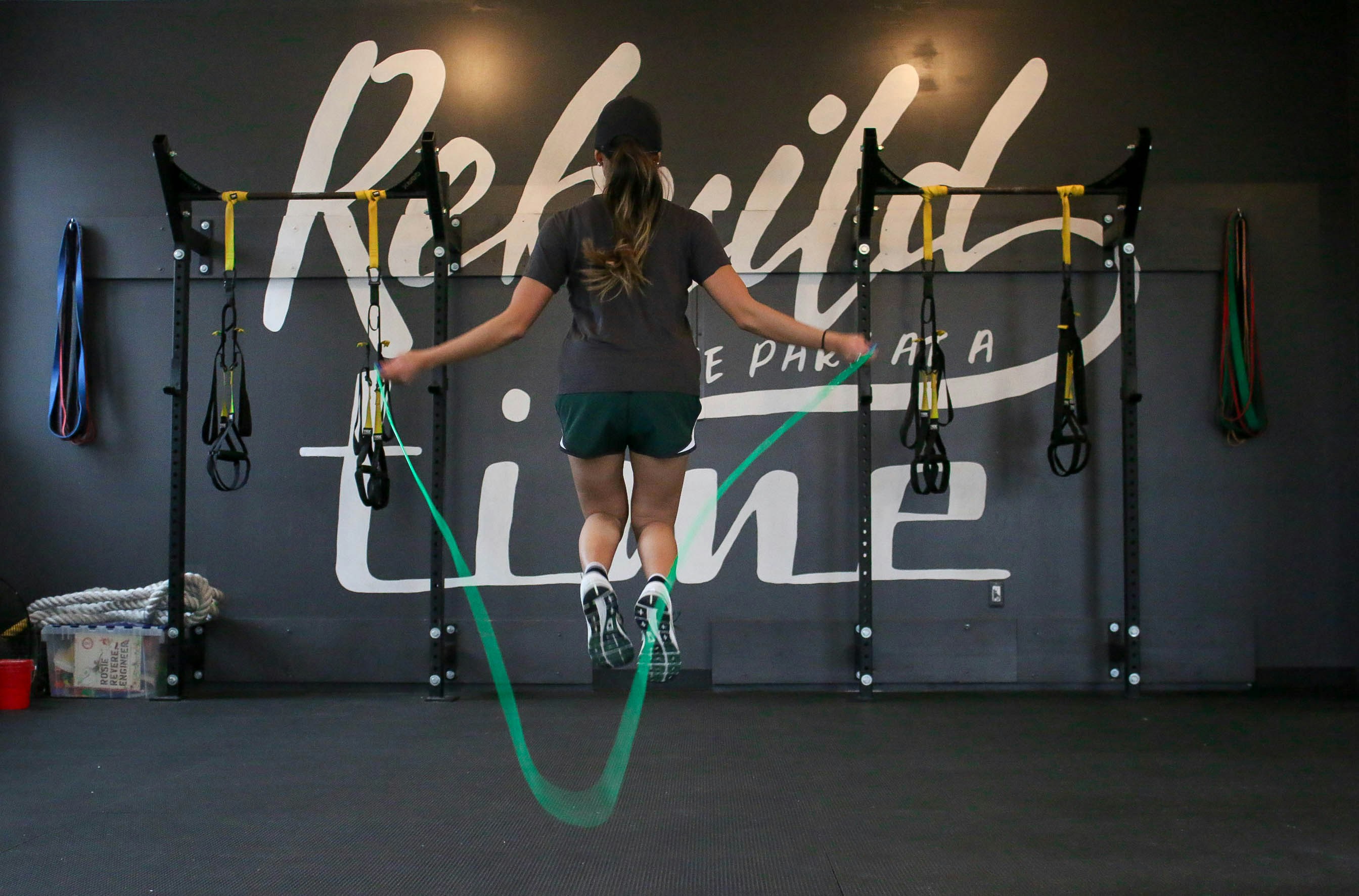How to Determine if Your Workout is Effective: 5 Key Metrics

How to Determine if Your Workout is Effective: 5 Key Metrics
"The only bad workout is the one that didn't happen." – Unknown
Introduction
When it comes to fitness, it’s not just about the time you spend working out or the intensity of your efforts. The true measure of your progress is whether your workouts are actually helping you achieve your goals. If you’re unsure whether your training is effective, it's time to assess your results using specific metrics.
In this article, we’ll discuss five key metrics that can help you determine whether your workout is effective, whether your goal is to lose weight, gain muscle, improve endurance, or enhance overall health.
1. Progress in Strength
What It Means
One of the best indicators that your workout is effective is the increase in your strength over time. If you’re lifting heavier weights, performing more reps, or achieving more difficult exercises, it’s a clear sign that your muscles are growing stronger.
How to Track Strength Progress
- Track Weight Lifted : Keep a record of how much weight you lift for each exercise. If you can gradually increase the weight over time, your muscles are adapting and becoming stronger.
- Rep Progress : Another way to measure strength is by counting reps. If you can perform more reps with the same weight or perform higher-intensity exercises for longer periods, this indicates improvement.
- Performance on Bodyweight Exercises : In addition to weight training, improvements in bodyweight exercises (e.g., push-ups, squats, planks) are also key indicators of increased strength.
Why It Matters
Strength is not just about aesthetics. Increasing strength improves functional fitness, enhances metabolism, and helps you perform daily tasks more efficiently. It's also a great indicator that your training intensity is appropriate.
2. Changes in Body Composition
What It Means
If your goal is to lose fat or build muscle, changes in body composition are the most direct way to measure success. Tracking how much fat you’re losing and how much muscle you’re gaining will provide a clear picture of your training effectiveness.
How to Track Body Composition
- Body Fat Percentage : Rather than focusing solely on weight, measure your body fat percentage. If you're losing fat while maintaining or gaining lean muscle mass, it’s a sign that your workout is effective.
- Measurements : Track the measurements of your waist, hips, chest, arms, and legs. For example, a reduction in waist size paired with an increase in arm circumference indicates fat loss and muscle growth.
- Progress Photos : Sometimes the scale doesn't tell the full story. Take progress photos every few weeks from different angles. Visual comparisons can help you notice changes in muscle definition and overall body shape.
Why It Matters
Body composition provides a more accurate picture of health and fitness than weight alone. Gaining muscle and losing fat can dramatically improve your physique, metabolism, and overall health, even if the scale doesn’t move significantly.
3. Improved Endurance and Cardiovascular Health
What It Means
Whether you're training for endurance (e.g., running, swimming, cycling) or just doing basic cardio for heart health, an increase in endurance is a key sign that your workouts are paying off. If you’re able to sustain longer periods of activity, perform at higher intensities, or recover faster, your cardiovascular health is improving.
How to Track Endurance Progress
- Time and Distance : If you run, bike, or swim, track how far you can go or how long you can maintain a certain pace. Improvement in these areas indicates that your cardiovascular system is becoming more efficient.
- Heart Rate Recovery : The speed at which your heart rate returns to normal after a workout is a strong indicator of cardiovascular fitness. The faster your heart rate drops post-exercise, the better your cardiovascular health.
- Perceived Effort : If you find that a certain workout that used to feel challenging is now easier, it indicates that your body is adapting and improving endurance.
Why It Matters
Endurance training not only improves your stamina and fitness levels but also lowers the risk of heart disease, improves lung function, and supports better overall health. An increase in endurance means your cardiovascular system is becoming more efficient.
4. Muscle Recovery Time
What It Means
Your ability to recover from a workout is another important indicator of workout effectiveness. If you're consistently able to train hard without excessive soreness or fatigue, it shows that your body is adapting well to the demands you're placing on it.
How to Track Recovery
- Delayed Onset Muscle Soreness (DOMS) : If you’re experiencing less soreness after workouts, it means your muscles are recovering more quickly and adapting to the training load. Recovery times may become shorter over time as you get fitter.
- Energy Levels : If you feel more energized and ready to train again after a workout (or after a rest day), it’s a sign that your recovery is improving. Consistent fatigue can signal that you're overtraining or not allowing enough rest.
- Performance : If you can perform at the same level (or higher) on subsequent workout days, it means you’re recovering properly between sessions.
Why It Matters
Proper recovery is crucial for muscle growth and overall performance. If your recovery times are improving, it means that your body is becoming more resilient and better able to handle increased workloads, which will ultimately lead to improved fitness results.
5. Mental Well-being and Motivation
What It Means
An often overlooked but crucial sign of workout effectiveness is how your training impacts your mental health. Regular exercise, especially when done consistently, has positive effects on mood, stress levels, and overall mental well-being. If you’re enjoying your workouts, feeling motivated, and noticing positive changes in your mood, your training is likely having a beneficial effect.
How to Track Mental Well-being
- Mood and Energy Levels : Track how you feel before and after your workouts. Exercise can boost endorphins (the "feel-good" hormones), so if you're feeling more positive and energized after exercise, it’s a sign that you're on the right track.
- Motivation : If you’re consistently excited about working out and look forward to your training sessions, it means you're enjoying the process. A lack of motivation could indicate that your routine needs a change or that you're overtraining.
Why It Matters
Mental well-being plays a huge role in the sustainability of your fitness journey. If exercise makes you feel good, you’ll be more likely to stick with it in the long run. In addition, regular physical activity can help alleviate symptoms of anxiety and depression, improve sleep quality, and reduce stress.
Conclusion
Tracking your progress through these five key metrics — strength, body composition, endurance, recovery, and mental well-being — is essential to determine if your workout routine is effective. By regularly assessing these indicators, you can fine-tune your fitness approach to ensure you're working toward your goals in the most efficient way possible.
Remember, consistency and patience are key. Fitness is a journey, and even small progress can lead to big results over time. Keep tracking your progress and adjust your routine as needed to continue improving your health and performance.
References
- Schoenfeld, B. J., & Grgic, J. (2018). The application of progressive overload in resistance training. Strength and Conditioning Journal.
- Thomas, D. M., et al. (2013). Progressive resistance exercise and the benefits of high-intensity interval training for cardiovascular health. Journal of Applied Physiology.
- Ainsworth, B. E., et al. (2011). Compendium of Physical Activities: A classification of energy costs of human physical activities. Medicine & Science in Sports & Exercise.




